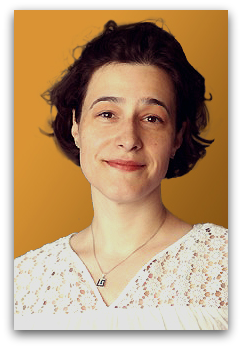 Janine Mauzeroll is an associate professor at McGill University, where she leads a research group focused on topics ranging from electrochemistry in organic and biological media to electronically-conducting polymers. Her work combines experimental and theoretical electrochemical methods and applies them to biomedical and industrial problems such as multidrug resistance in human cancer cells, neurotransmitter release, biosensor design, and high-speed scanning electrochemical microscopy. Mauzeroll has recently been named a new technical editor of the Journal of The Electrochemical Society, concentrating in the Organic & Bioelectrochemistry Topical Interest Area.
Janine Mauzeroll is an associate professor at McGill University, where she leads a research group focused on topics ranging from electrochemistry in organic and biological media to electronically-conducting polymers. Her work combines experimental and theoretical electrochemical methods and applies them to biomedical and industrial problems such as multidrug resistance in human cancer cells, neurotransmitter release, biosensor design, and high-speed scanning electrochemical microscopy. Mauzeroll has recently been named a new technical editor of the Journal of The Electrochemical Society, concentrating in the Organic & Bioelectrochemistry Topical Interest Area.
What do you hope to accomplish in your role as Technical Editor?
I see no greater need than the one related to the promotion of fundamental research as a necessary partner to applied and industry driven science. As Technical Editor, I will put emphasis on complete experimental and full disclosures to generate “go to” manuscripts.
Moving forward, I hope to convince established researchers to continue sending in manuscripts by offering them visibility, such as special issues in or keynote addresses at symposiums. We need to seek out new researchers and deliver on our promise to provide a respectful and efficient review.
How has the rise of open access changed the current scholarly publishing model?
The rise of open access is a game changer and step forward for science. Strongly influenced by funding agencies, who have financed the publishing costs related to figures, covers and, general publishing costs, it is now a requirement in several countries that all publicly funded research be open access. In removing this budgetary constraints, we promote a publishing model focused on a desired target audience and impact.
Additionally, ECS’s Free the Science initiative will lead to a more general access to reliable and good scientific information, which is a basic requirement for further innovation and discoveries. In removing these constraints, more resources are being diverted to supporting the pillars of our research: students and fellows. Knowledge sharing basically forces us to move away from our protectionism inclinations and focus on our next great idea.
(more…)
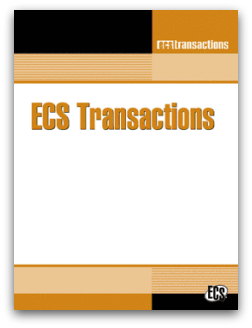 Thirty seven new issues of ECS Transactions have just been published from PRiME 2016; these are the “standard” issues and they cover a wide variety of topical interest areas.
Thirty seven new issues of ECS Transactions have just been published from PRiME 2016; these are the “standard” issues and they cover a wide variety of topical interest areas.

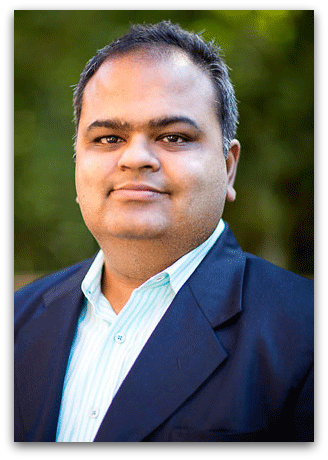 Venkat Subramanian is the Washington Research Foundation Innovation Professor of Chemical Engineering and Clean Energy at the University of Washington. His research efforts focus on computational models to bridge next-generation energy materials to battery management systems. Subramanian has recently been named a new technical editor of the
Venkat Subramanian is the Washington Research Foundation Innovation Professor of Chemical Engineering and Clean Energy at the University of Washington. His research efforts focus on computational models to bridge next-generation energy materials to battery management systems. Subramanian has recently been named a new technical editor of the 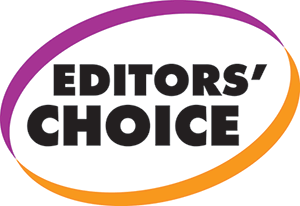
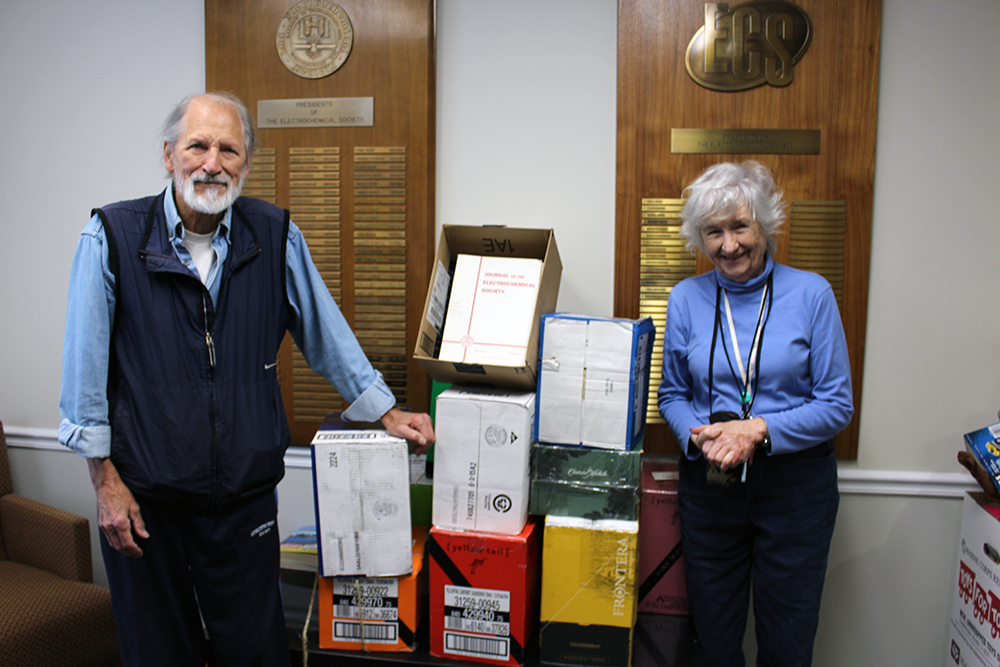
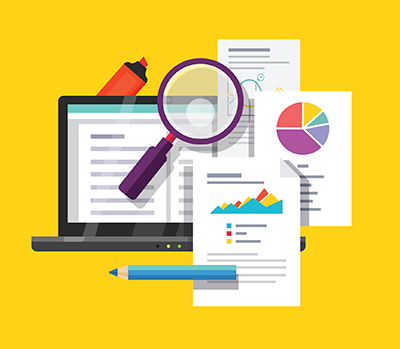 Nature announced on December 8
Nature announced on December 8 Janine Mauzeroll is an associate professor at McGill University, where she leads a research group focused on topics ranging from electrochemistry in organic and biological media to electronically-conducting polymers. Her work combines experimental and theoretical electrochemical methods and applies them to biomedical and industrial problems such as multidrug resistance in human cancer cells, neurotransmitter release, biosensor design, and high-speed scanning electrochemical microscopy. Mauzeroll has recently been named a new technical editor of the
Janine Mauzeroll is an associate professor at McGill University, where she leads a research group focused on topics ranging from electrochemistry in organic and biological media to electronically-conducting polymers. Her work combines experimental and theoretical electrochemical methods and applies them to biomedical and industrial problems such as multidrug resistance in human cancer cells, neurotransmitter release, biosensor design, and high-speed scanning electrochemical microscopy. Mauzeroll has recently been named a new technical editor of the 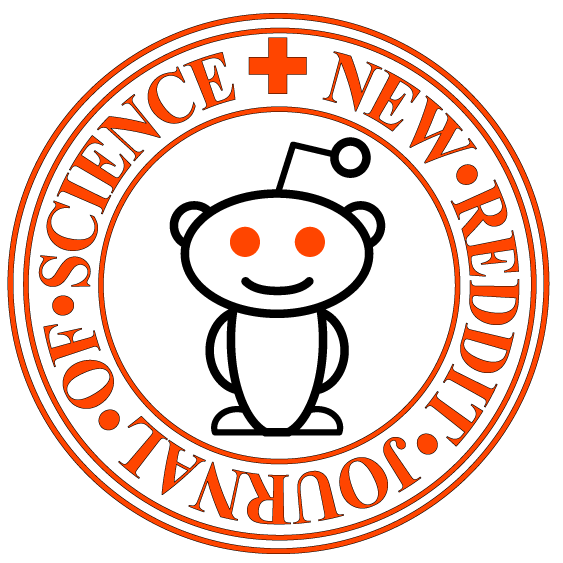 ECS Technical Editor Dr. Gerald Frankel, accompanied by ECS’s Executive Director Roque Calvo, hosted our first ever “
ECS Technical Editor Dr. Gerald Frankel, accompanied by ECS’s Executive Director Roque Calvo, hosted our first ever “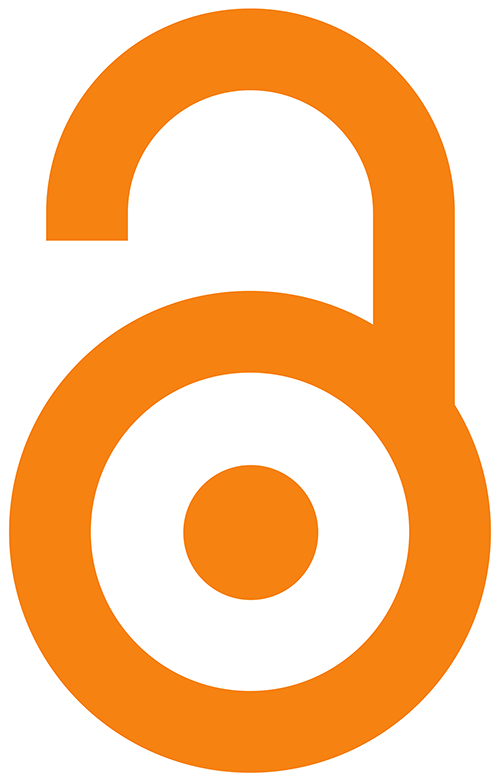 ECS is celebrating Open Access Week this year by giving the world a preview of what complete open access will look like. From October 24th through October 30th, we are taking down the paywall to the
ECS is celebrating Open Access Week this year by giving the world a preview of what complete open access will look like. From October 24th through October 30th, we are taking down the paywall to the